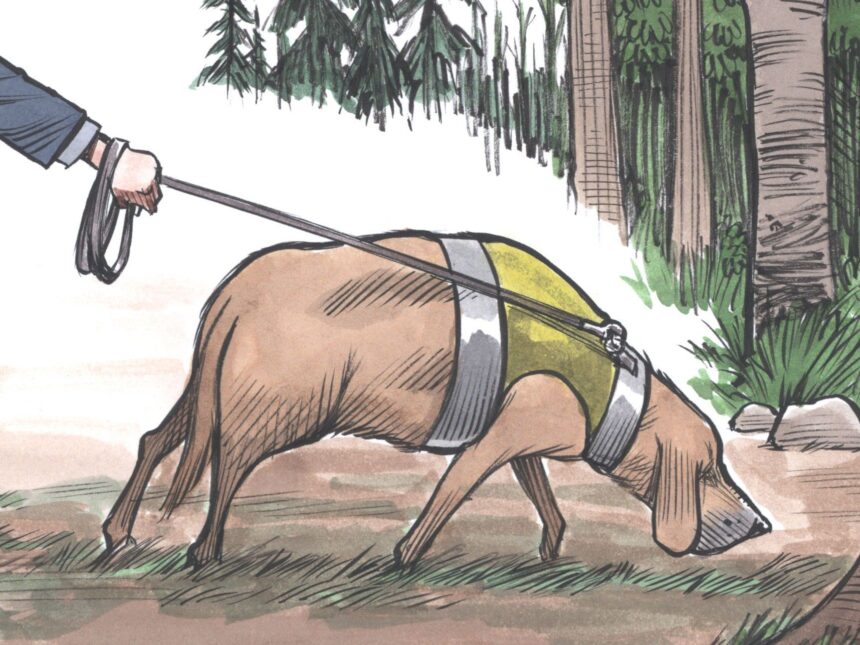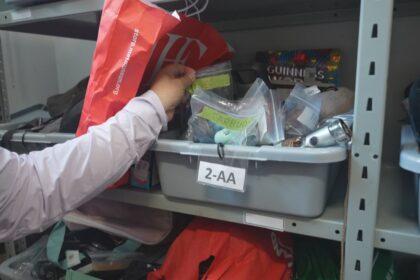Article contentMeanwhile, young people remain voiceless in policy arenas where decisions profoundly shape their lives. The list of pressing issues is long: persistently high child poverty rates, a fragile inclusive education system, rising violence against vulnerable youth and recurring failures in the child welfare system. Add to that the Nova Scotia Youth Centre in Waterville scandal, where at least 66 sexual assault allegations are under investigation, and the urgency becomes undeniable.Article contentThat tragedy might well have been averted with proper surveillance and accountability. The fact that it took years for these allegations to surface and for charges to be laid underscores the vacuum of oversight that exists.Article contentMissing ingredient: political willArticle contentPolitical parties in opposition tend to talk big, and NDP Leader Claudia Chender calls it “an embarrassment” that the government is still ragging the puck. The critique cuts to the heart of the matter.Article contentArticle contentWhen a Nova Scotia premier wants something badly enough, it happens quickly. The province’s rapid decision making during the pandemic is proof. The absence of urgency here suggests not incapacity but passive resistance.Article contentWhy the resistance? The answer lies in political culture. Nova Scotia governments, regardless of party, are reluctant to establish truly independent watchdogs with the authority to probe, criticize and hold decision makers accountable. Child and youth advocates, by their very design, make governments uncomfortable. They shine light into dark corners — foster care failures, school exclusions, youth mental health gaps — areas where official policy is often long on rhetoric and short on results.Article contentOther jurisdictionsArticle contentNova Scotia is an outlier. Every other province but Ontario has an independent child and youth advocate. The New Brunswick model based upon a truly independent advocate rather than a faceless commission would serve us better. That office has investigated systemic failures, influenced legislation and given children a voice. The lesson is simple: it can be done, and it can be done quickly if there is political will.Article contentArticle contentNova Scotia’s inertia stands in stark contrast. Officials talk of “doing it right,” as if perfection is the enemy of action. The real danger lies not in moving too fast but in allowing another generation of children to go without an advocate.Article contentConsequences of inactionArticle contentThe costs of delay are not abstract. Without an advocate, children in care remain vulnerable to abuse, neglect and systemic indifference. Students in schools lack an independent channel to challenge discriminatory practices or inadequate supports. Families facing the labyrinth of child welfare have no champion to navigate opaque bureaucracies. In short, the absence of an advocate perpetuates silence, invisibility and harm.Article contentThe Waterville case should have been a catalyst. Dozens of children allegedly suffered abuse in an institution supposedly dedicated to their rehabilitation. That such allegations spanned decades without triggering systemic reform is evidence enough of the need for independent oversight.
Paul W. Bennett: Nova Scotias vacant youth commission is a case study in delay and obfuscation












